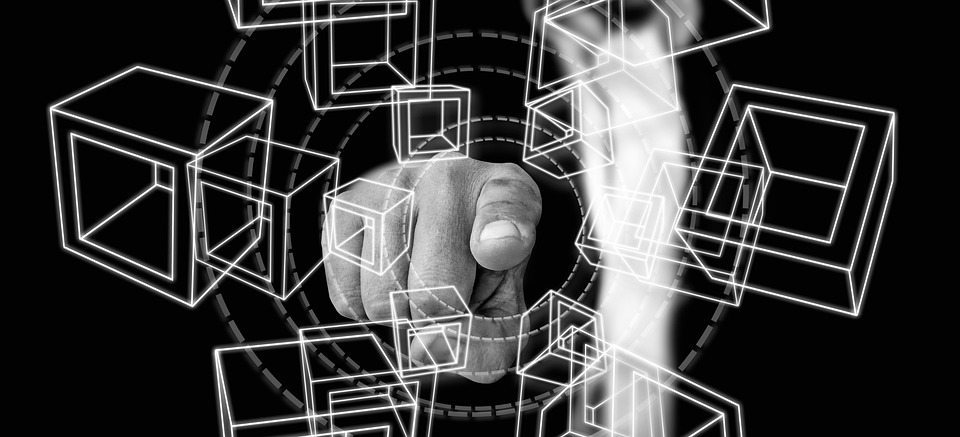The Rise of Web3: Ethereum’s Role in Decentralized Internet Development
In the early days of the internet, a revolutionary promise emerged—an open and decentralized network that would democratize information and empower users across the globe. However, as the internet evolved, it became increasingly centralized, dominated by a handful of tech giants. With the rise of Web3, a new paradigm is emerging, one that seeks to restore the original vision of the internet through decentralization, trustlessness, and user ownership. At the forefront of this movement is Ethereum, a blockchain protocol that has emerged as a cornerstone of the Web3 ecosystem.
Understanding Web3
Web3 represents the next iteration of the internet, characterized by decentralized applications (dApps) and protocols that operate on blockchain technology. Unlike the traditional Web2 model, where users are often mere products of centralized platforms—trading their data for access to services—Web3 aims to empower users by giving them control over their data and the ability to interact directly with applications without intermediaries.
This shift towards decentralization is driven by the growing awareness of issues such as data privacy, censorship, and monopolistic practices in the tech industry. As users increasingly demand more transparency and autonomy, Web3 offers the promise of a more equitable internet where individuals can engage with each other without being subjected to surveillance and exploitation.
Ethereum: The Fuel of Web3
Ethereum, established in 2015 by Vitalik Buterin and a team of co-founders, was designed from the ground up to facilitate programmable contracts and decentralized applications. Often referred to as a "world computer," Ethereum operates on a global network of nodes, enabling smart contracts to execute autonomously and securely. This ability to create self-executing agreements without intermediaries has positioned Ethereum as the leading platform for Web3 development.
1. Smart Contracts and Decentralized Applications (dApps)
At the heart of Ethereum’s impact on Web3 are smart contracts—self-executing contracts whose terms are directly written into code. These contracts automatically enforce agreements, removing the need for intermediaries and creating trustless interactions between parties. Smart contracts have enabled the creation of a plethora of dApps spanning various sectors, including finance (DeFi), gaming, supply chain, and identity verification.
Ethereum hosts a vibrant ecosystem of developers who continually innovate and build on the platform. Major projects like Uniswap and Aave in the DeFi space have transformed traditional financial services by providing decentralized trading and lending without the need for banks or brokers.
2. NFTs and Digital Ownership
The proliferation of non-fungible tokens (NFTs) has also been a game-changer for Web3, with Ethereum playing a pivotal role in this development. NFTs are unique digital assets that represent ownership of a specific item, whether digital art, music, or virtual real estate. The ERC-721 and ERC-1155 token standards on Ethereum enabled creators to tokenize their work, allowing for verifiable ownership and enabling new monetization avenues.
NFTs have ushered in a new era of creative expression and digital ownership, allowing artists and creators to maintain a stake in their work, craft community-driven ecosystems, and connect with fans in unprecedented ways.
3. Decentralized Finance (DeFi)
Decentralized finance has emerged as a significant pillar of the Web3 movement, enabling users to access financial services without relying on traditional banks. Ethereum-based protocols allow users to lend, borrow, trade, and earn interest on their crypto assets in a decentralized manner. This financial sovereignty empowers individuals, particularly in regions with limited access to banking services, creating a more inclusive global economy.
With protocols like MakerDAO, Compound, and Curve Finance, Ethereum has pioneered the development of a robust DeFi ecosystem, driving billions of dollars in transactions and liquidity directly on-chain.
Challenges and Future Outlook
While Ethereum has established itself as a key player in the Web3 landscape, it is not without challenges. Issues such as high transaction fees, scalability, and energy consumption have prompted ongoing development efforts, including the transition to Ethereum 2.0 with its move from a proof-of-work (PoW) to a proof-of-stake (PoS) consensus mechanism. This upgrade aims to address scalability and sustainability concerns, making Ethereum more efficient and environmentally friendly.
In the coming years, as Web3 continues to evolve, the intersection of blockchain technology and emerging fields like artificial intelligence, the Internet of Things (IoT), and virtual reality will likely open new avenues for innovation. Ethereum’s adaptability and strong developer community position it well to remain a leader in this decentralized future.
Conclusion
The rise of Web3 marks a watershed moment in the evolution of the internet, with the promise of a more decentralized, user-centric digital ecosystem. Ethereum, as the backbone of many Web3 projects, plays a crucial role in facilitating this transformation. From smart contracts to NFTs and DeFi, Ethereum’s contributions are reshaping how we interact, transact, and express ourselves online. As we navigate this new chapter, the potential of Web3 to reshape economies and societies is immense, heralding a future where power and ownership rest firmly in the hands of the users.




